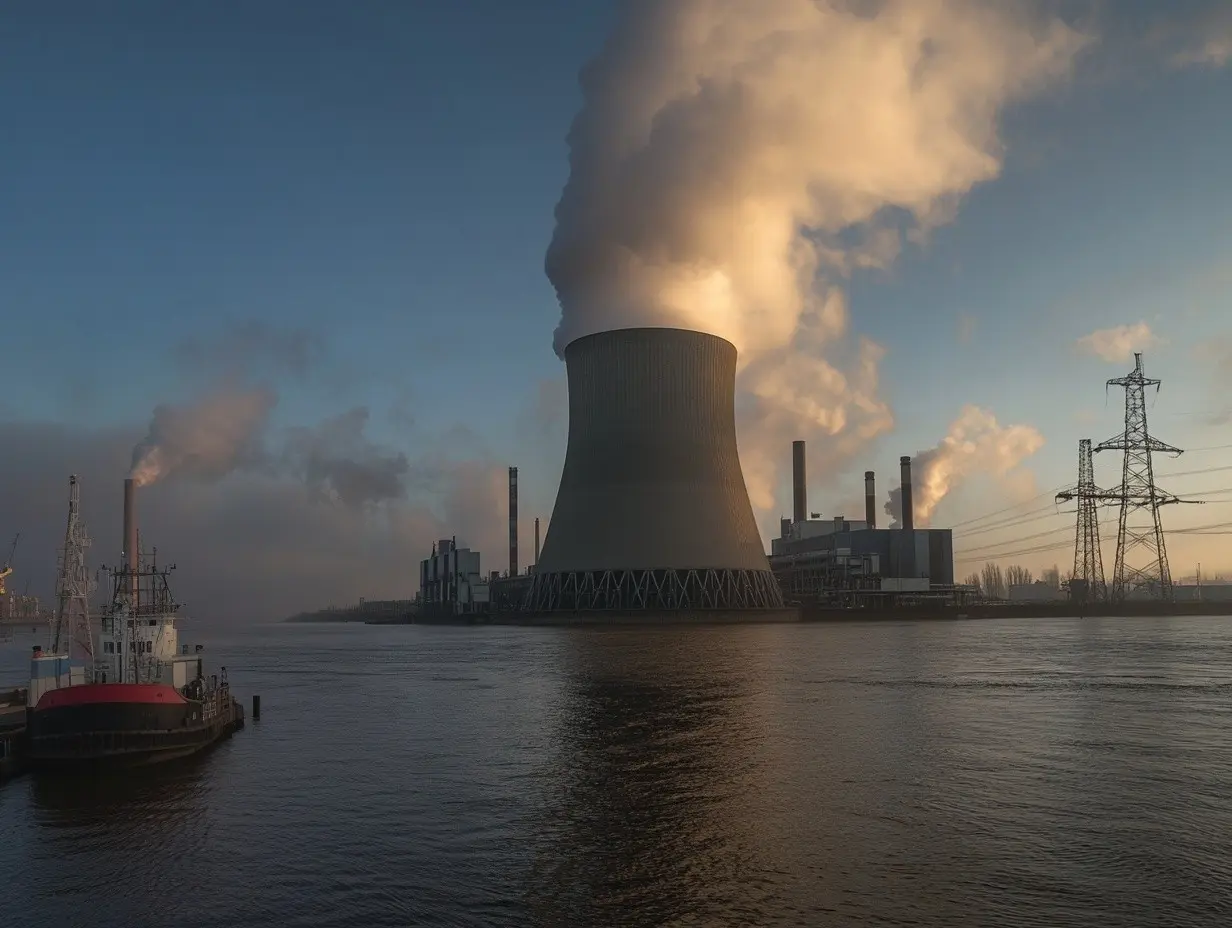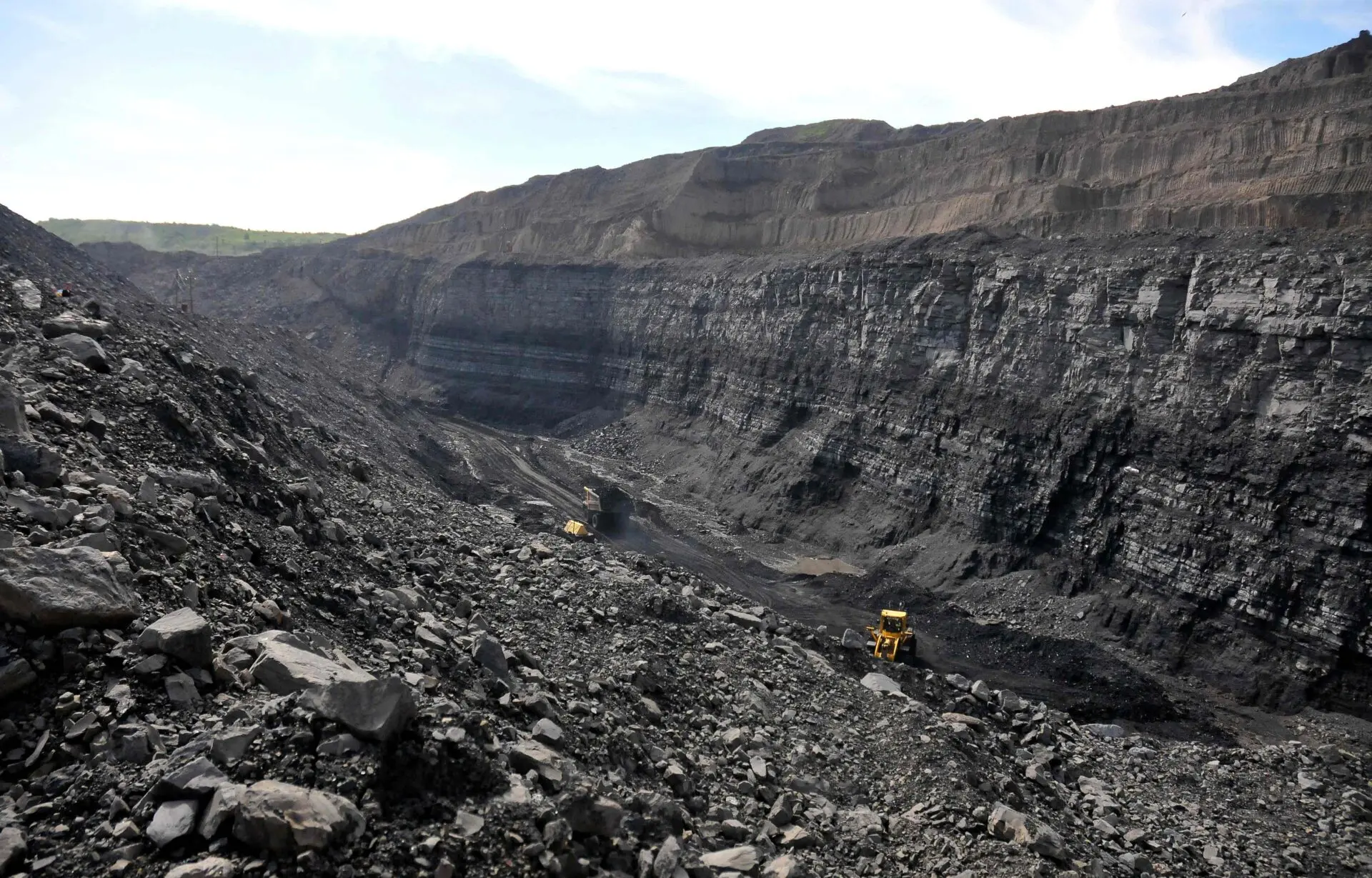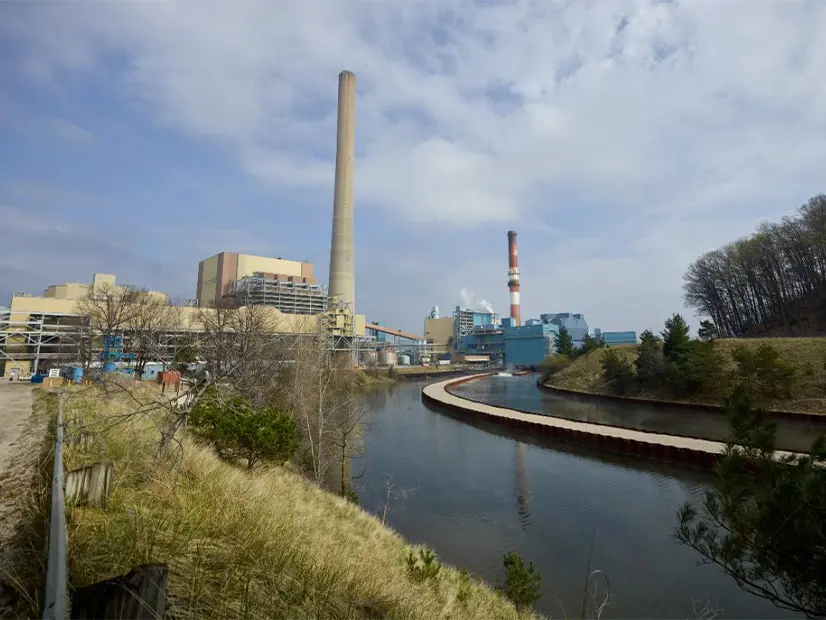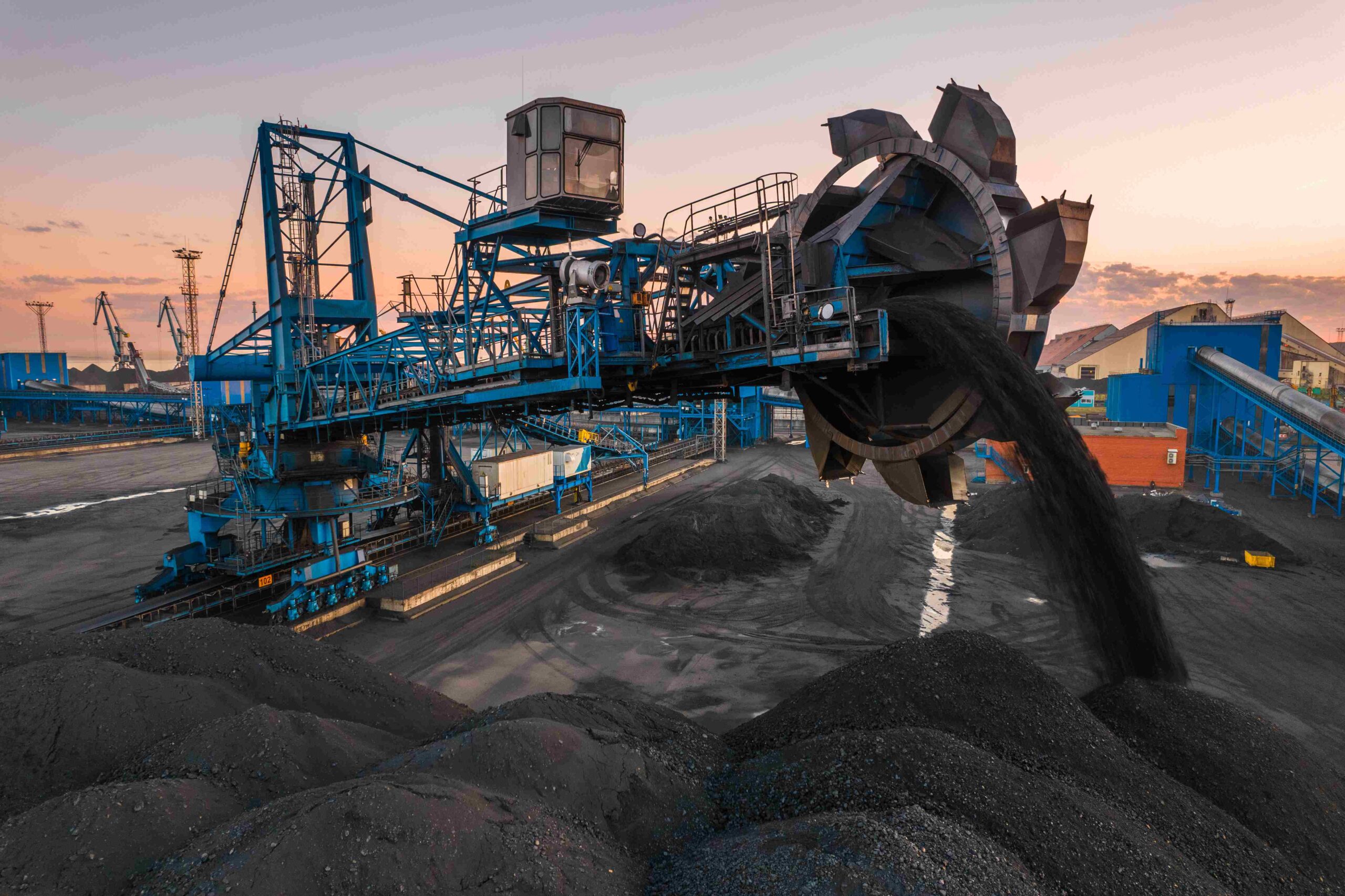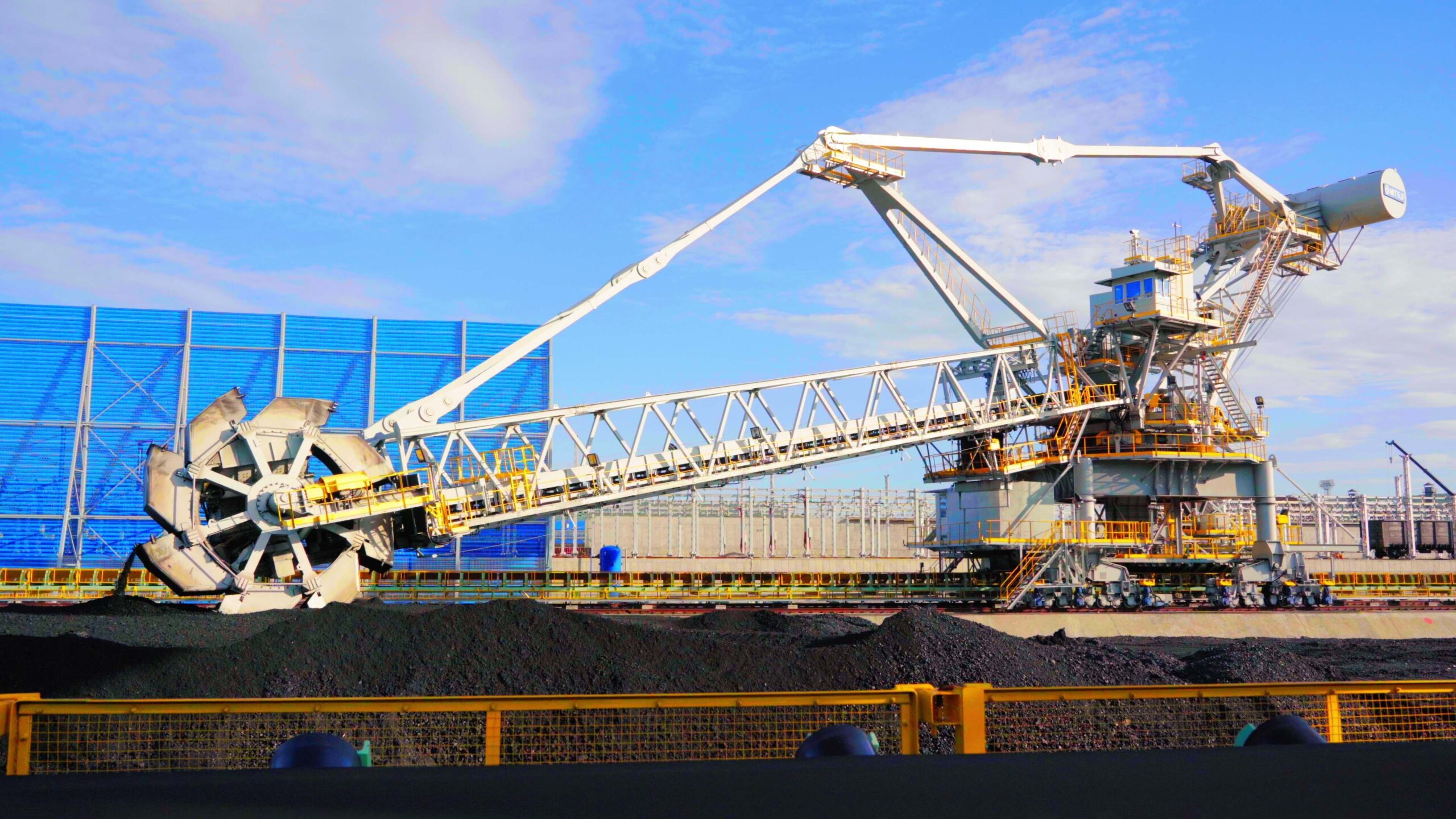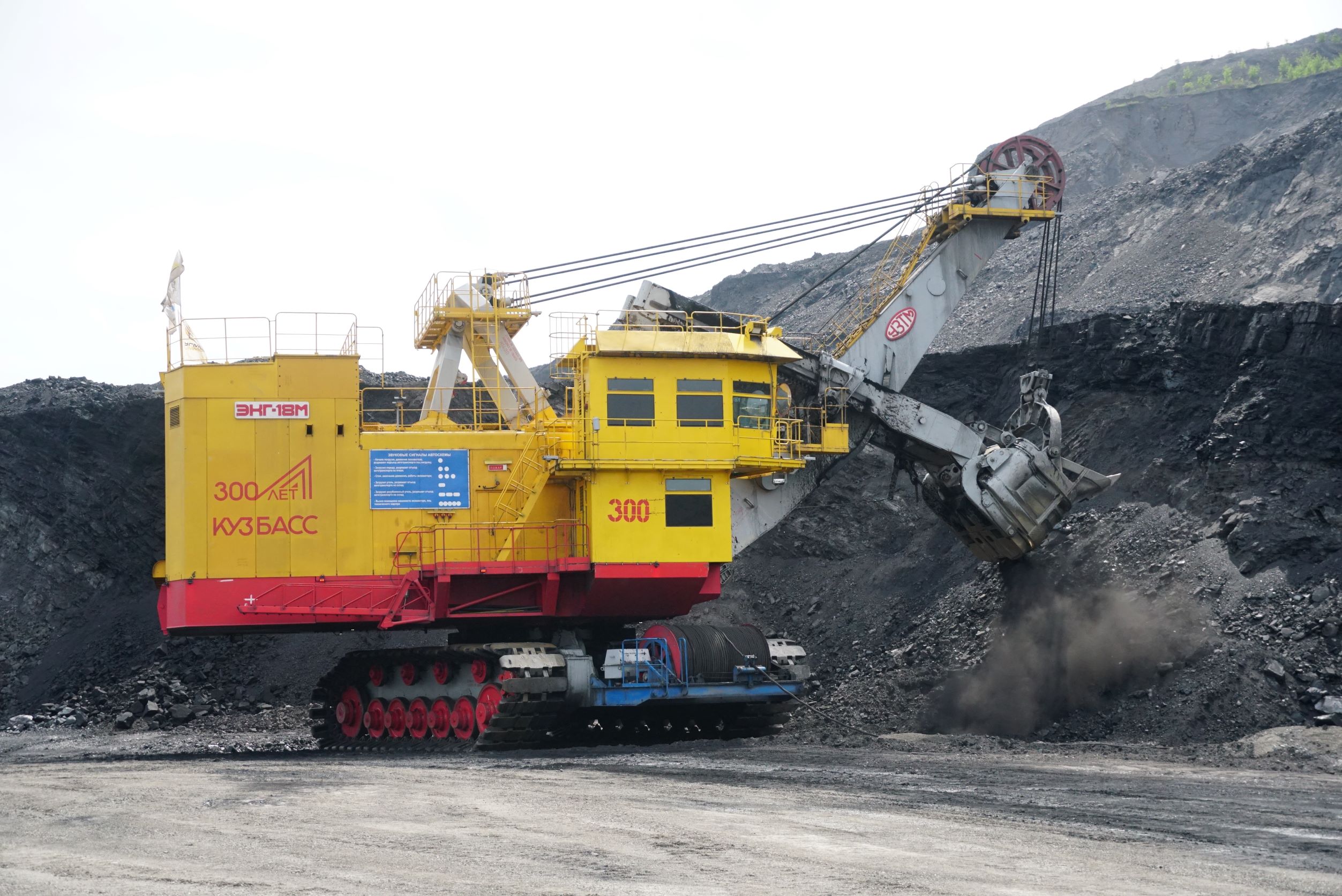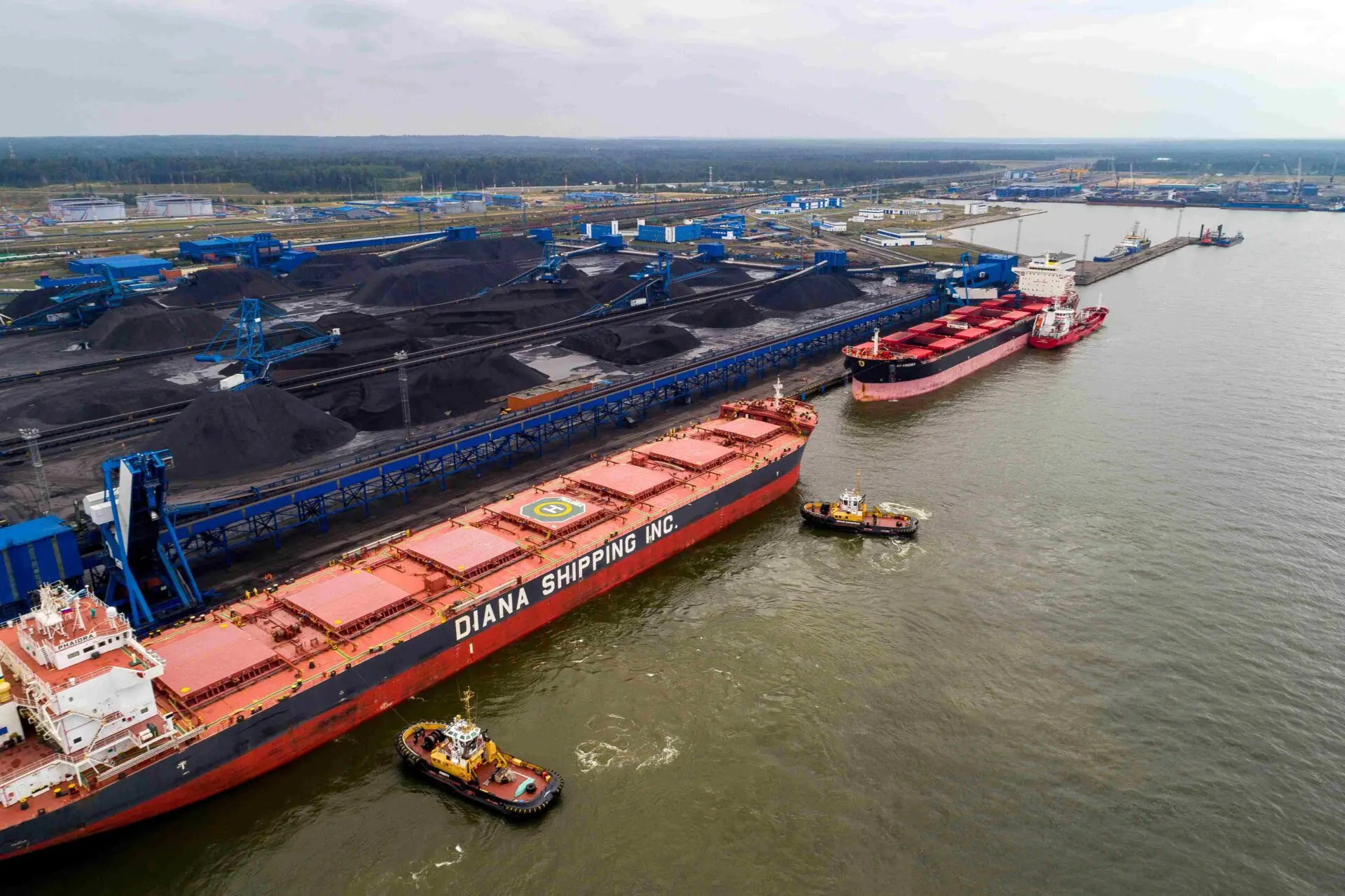
We value your privacy
We use cookies to enhance your browsing experience, serve personalised ads or content, and analyse our traffic. By clicking "Accept All", you consent to our use of cookies.
We use cookies to help you navigate efficiently and perform certain functions. You will find detailed information about all cookies under each consent category below.
The cookies that are categorised as "Necessary" are stored on your browser as they are essential for enabling the basic functionalities of the site. ...
Necessary cookies are required to enable the basic features of this site, such as providing secure log-in or adjusting your consent preferences. These cookies do not store any personally identifiable data.
No cookies to display.
Functional cookies help perform certain functionalities like sharing the content of the website on social media platforms, collecting feedback, and other third-party features.
No cookies to display.
Analytical cookies are used to understand how visitors interact with the website. These cookies help provide information on metrics such as the number of visitors, bounce rate, traffic source, etc.
No cookies to display.
Performance cookies are used to understand and analyse the key performance indexes of the website which helps in delivering a better user experience for the visitors.
No cookies to display.
Advertisement cookies are used to provide visitors with customised advertisements based on the pages you visited previously and to analyse the effectiveness of the ad campaigns.
No cookies to display.
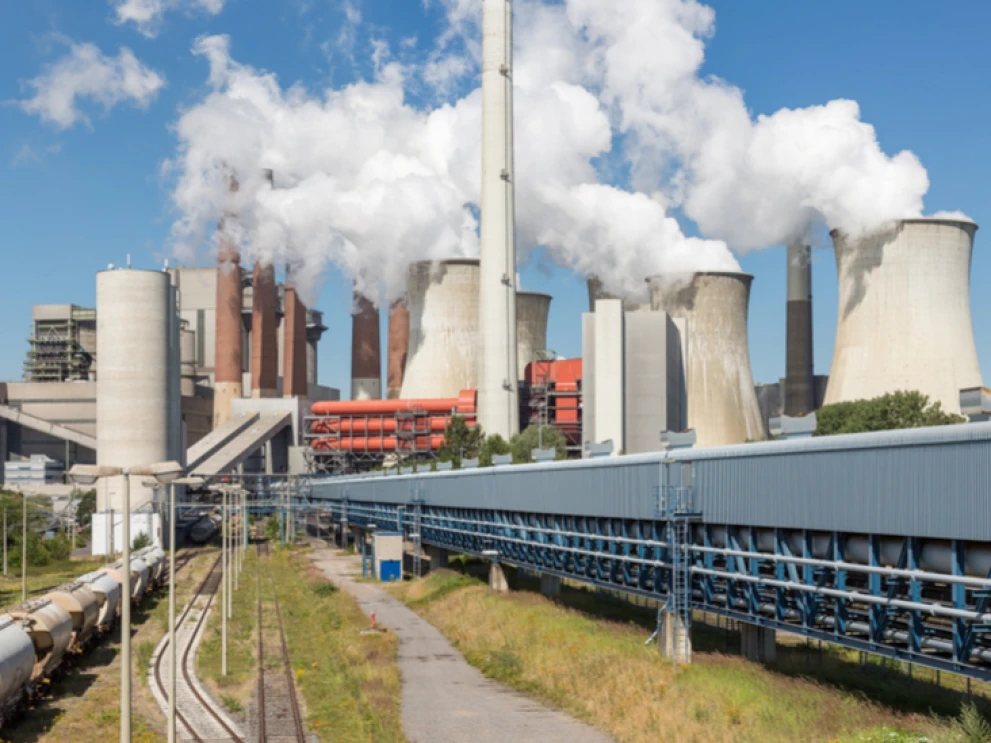
“Up to 14 GW of coal-fired power plants could definitely be running beyond 2030, so long as the market supports that, in the sense that it’s still used,” according to the document, viewed late on Sunday.
German law calls for coal power to be phased out by 2038, though the current government has been pushing to pull that date forwards to 2030, despite resistance from coal-reliant parts of eastern Germany and questions about whether hydrogen operations will be ready in time to make up for the loss of coal.
“The sooner more new and modern hydrogen-ready power plants are added, the sooner more coal-powered plants in Germany are going to be shut down,” the document said.
Economy minister Robert Habeck presented a plan on Friday for the construction of 10.5 GW of hydrogen-ready plants and for the conversion of 2 GW worth of existing gas-powered plants to hydrogen operations, part of a long-awaited power plant strategy the country needs to navigate towards its goal of being net zero by 2045.
In anticipation of a comprehensive capacity mechanism market set to be operational “by 2028,” the power plant strategy is now expected to be implemented into law, according to the document. A capacity market is seen as critical because it would pay flexible energy producers to be on standby for times when renewable output fails.
The initial subsidies for 5 GW of new hydrogen-ready plants, the 2 GW of power plant overhauls and 500 MW of a new hydrogen sprinter power plant, which would run on hydrogen from the start, are expected to come from a climate transformation fund. The remaining 5 GW would be financed with a consumption levy.
On Friday, Habeck said he thought tenders could start before the end of the year. However, the ministry document suggested early 2025 was more likely – similar to a recent statement from the BNA regulator.

